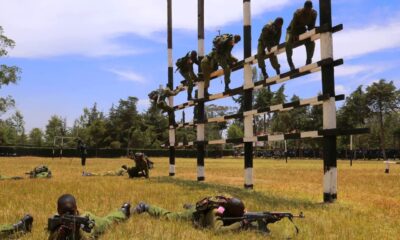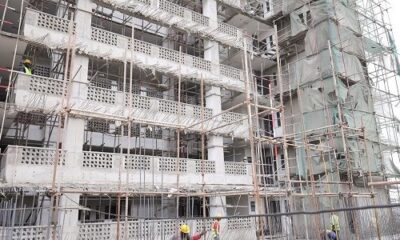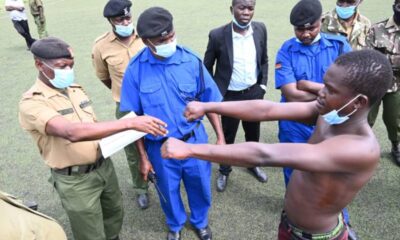But when news of the impending Rowlatt legislation became public, Gandhi immediately expressed his opposition and called for a nationwide general strike on April 6, 1919. He asked people to engage in nonviolent struggle, or satyagraha: Observe a daylong fast and hold meetings to demand the repeal of the legislation.
Anger in the northern Indian province of Punjab was already heating up well before Gandhi called for the satyagraha. Across the state, Hindu, Muslim and Sikh nationalist leaders had been agitating against the Rowlatt Act; Gandhi’s call raised the popular fervor against the law to a boil.
The unrest was of particular concern to the British because Punjab was a vital economic and military asset. They had invested heavily in canal irrigation to turn the province into a food basket of the empire. The colonial army recruited heavily in the region, regarding the Sikhs as a “martial race.” By World War I, soldiers from Punjab constituted three-fifths of the British Indian Army, which was extensively deployed in the war. The combustible presence of the demobilized soldiers in the heat of the anticolonial agitation alarmed the British.
Tensions mounted as Gandhi announced his decision to travel to Punjab. On April 10, the colonial government stopped the train carrying Gandhi, arrested him and sent him back to Bombay. Protesters in Amritsar clashed with the authorities; the troops killed at least 10 people. The crowd attacked government property and set fire to two banks. Five Europeans were killed, but the event that angered the British the most was the assault of Marcella Sherwood, a European missionary, who was wounded and left for dead on the street.
Dispatched to Amritsar, General Dyer took control from the civil authorities on April 11. He issued a proclamation prohibiting public assembly and warning that such gatherings would be dispersed by force. Peace was restored, but the people were not cowed.
On April 13, several thousand gathered in Jallianwala Bagh in defiance of General Dyer’s orders. Incensed, he rode to the venue with his troops on two armored vehicles. Finding the lane leading up to the walled garden too narrow, they dismounted, marched to the ground and opened fire.
The massacre made headlines worldwide. Rabindranath Tagore, the poet and Nobel laureate, returned his knighthood in protest. Winston Churchill condemned the shooting as “monstrous.” The government was forced to institute an inquiry commission, where the unrepentant general acknowledged that his principal aim was not to disperse the crowd but to produce a “moral effect.” The colonial government of India determined that General Dyer’s actions were unwarranted and dismissed him from service.

 General News2 days ago
General News2 days ago
 General News1 week ago
General News1 week ago
 General News6 days ago
General News6 days ago
 General News6 days ago
General News6 days ago
 General News5 days ago
General News5 days ago
 General News2 days ago
General News2 days ago
 General News5 days ago
General News5 days ago
 General News2 days ago
General News2 days ago





